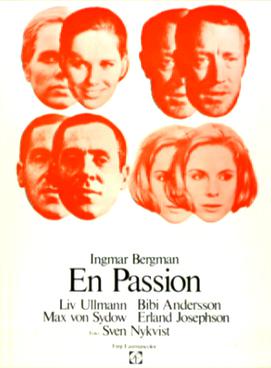CONFIRMATION
2006 Slit eyes, rays of light. A confessional. He is inside. They. No one thinks to look. No one thinks to pray. Dust, like angels, flits. An altar stands, crucified. Rows of pews. Empty painted eyes on lifeless Thrones.
'Father, I have sinned.' Soft, they penetrate the silence.
After the confession, wood creaks.
1992 - 1994A mother, kindly and misguided. She makes him oatmeal in the morning, her son. The sun is rising through the window. His father has departed.
They sit in cherry wood chairs.
'There's a special program at church,' she says. 'Would you like to go? It's every Wednesday.'
Simon looks up from his bowl, those wide eyes. 'No.'
'I signed you up for it.' She smiles at the distance. 'Don't worry, it's only for the summer.'
All of this is his fault. 'What is it?'
~
'And all God's children got shoes,' they sing.
'Together,' he says.
They try again. He looks at them, through them.
~
The priest says, 'Jesus turned and said to them, "Daughters of Jerusalem, do not weep for me; weep for yourselves and for your children. For the time will come when you will say, 'Blessed are the barren women, the wombs that never bore and the breasts that never nursed!' For if men do these things when the tree is green, what will happen when it is dry?"
'Why do you think Jesus curses the mourning? Is it a curse, even?'
Long silence, none of the children answer. He frowns.
'Remember, children, this is your God.'
~
Simon raises his hand. Pick me.
~
'Stay,' he says. 'Child, would you like some wine?' Child, I would not. A finger on a cheekbone, marble relief. As white as the communion wafers on the counter. The priest shrugs, washes the blood of Christ down the drain.
Moments later, instructions. He gestures towards the crucified. That accusing stare meets imploration. Resin quivers. Forbiddingly, 'Don't you remember? This is your God. Would you disappoint your Savior?'
No.
The priest says nothing, there's no need. Guiding hands unwanted, feeling. Inside the cloistered sanctuary. They are watched by statuary eyes, a thorny crown.
The priest might as well be God the Father.
Simon knows he is going to hell.
It is coming, it is here.
After: 'If you love God, do not tell.'
After: 'God will strike you down.'
After: 'You are wicked, sinful.'
They will not understand.
~
'Mama,' he says, looking down the hall, 'my stomach hurts.'
'Shh,' she says, closing her book, 'It's late.'
~
His are white hands in the darkness flashing, empty signals. A grimace, this tongueless mouth at midnight, mumbling words. A language that he does not know, a dream goes unremembered.
After: 'Tell no one,' his Father whispers. 'Trust in me; trust in your salvation.' The darkness is warm, accepting. Tell him not forbidden.
~
A sacrament, one of many.
'This is a mature statement of faith.' Faith?
'Moreover, it is your statement of faith. All of you must remember that confirmation brings a deepening of the grace you received in baptism. It roots us more deeply in divine filiation. It unites us more firmly to Christ. It increases the gifts of the Holy Spirit, rendering more perfect our link to the Church, and it gives us the special strength of the Holy Spirit in order to spread and defend the faith by word and action as true witnesses of Christ, to confess the name of Christ boldly, and to never be ashamed of the Cross or anything it represents.'
Two others sit in chairs, animated puppetry.
'We must not confuse adult faith with natural growth, nor forget that the baptismal grace is a grace of free, unmerited election and does not need ratification to become effective.' He holds a leather book.
Cold. The room is white and otherwise empty. Eyes, like ice, burning: You are nothing. The priest, an actor, mimics salvation. This is it? This is all?
Simon sits still and watches.
~
At communion, weeks later. Shafts of light cut through dusty air. Dead, a museum to that forgotten. Someone coughs. The priest, Father, he intones. Even the sound, dry, dusty. There is a dull, comfortable heat.
The time comes. Each member walks, stumbling, down the pews. Simon's legs are sleeping. He does not look, trusting, when the Father gives him wine, gives him bread, whispers false blessings.
~
'This is your Lord. Take and eat.'
~
His journal is a child's thing, too small even for him. In it, he writes HAIL MARY FULL OF GRACE over and over and over again, but no matter how many pages he fills, it will never be enough.
~
Mass begins.
Later, assistant to the Father, Simon takes plastic cup after plastic cup, gulping down the thimblefuls of wine, drooling Christ's blood down his choirboy robes. Greed, salvation. Save me, he does not think, but rather, Father, why will you abandon me?
~
Father smiles. 'I love you,' He whispers in the darkness before he disappears. Tears beg a forgiveness not felt, paint warm trails down. This gratitude is blessed, yet forbidden.

















